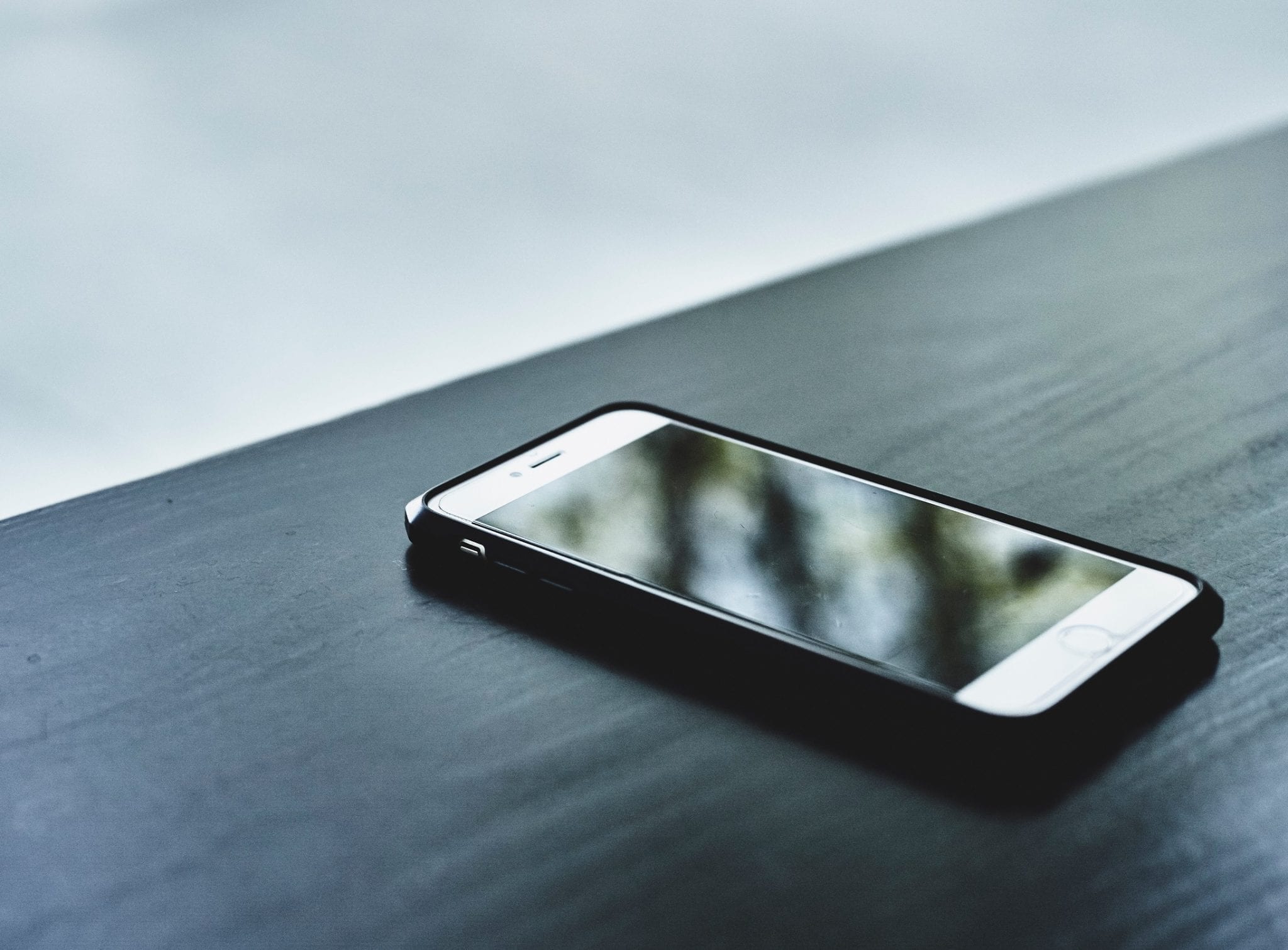Government researchers recently concluded that radiation from cell phone use poses little, if any, risk of cancer in humans. This is despite lab reports that showed male rats had a higher rate of malignant schwannomas when exposed to a high-level cell phone radiation when compared with those not exposed to radiofrequency radiation. Female rats did not react in the same way as their male counterparts. The exercises exposed the rats to very high emissions not comparable to those found in typical phone usage.
“The typical cell phone call has radiofrequency radiation emissions that are very, very, very much lower than what we studied,” John Bucher, Ph.D., senior scientist at the National Toxicology Program (NTP), said of the study results. “We studied the maximum that one could achieve during a call in a poorer-connection situation. We studied it over 9 hours a day for over 2 years. This is a situation, obviously, that people are not going to be encountering in utilizing cell phones. It’s a situation that allows us to find a potential biological event if one is going to occur…I think the message is that typical cell phone use is not going to be directly related to the kind of exposure we used in these studies.”

The results were based on studies involving 3,000 lab animals and had previously led scientists to conclude the increased rate of malignant schwannomas in male rats was caused by exposure to the radiofrequency radiation. Male rats exposed to the highest levels of radiofrequency radiation had about a six percent incidence of malignant schwannomas versus the control groups. The studies concluded that risk classification standard of “some evidence of carcinogenic activity” should be applied. That descriptor ranked just below the highest standard, “clear evidence of carcinogenic activity.” The schwannoma evidence is “the strongest cancer finding in our study,” Bucher explained.
When the NTP released its report 2016, scientists said tumors observed up to that point were “likely related” to radiation exposures and noted the overall incidence of tumor development was low. Rats were exposed to radiofrequency radiation associated with the two most common types of cell phone networks: global system mobile communications (GSM) and code division multiple access (CDMA).
The FDA has indicated that its initial impression is that cell phone radiofrequency radiation does not pose a cancer threat to humans. “Based on our ongoing evaluation of this issue and taking into account all available scientific evidence we have received, we have not found sufficient evidence that there are adverse health effects in humans caused by exposures at or under the current radiofrequency energy exposure limits,” Jeffrey Shuren, MD, JD, director of the FDA Center for Devices and Radiological Health, concluded. “Even with frequent daily use by the vast majority of adults, we have not seen an increase in events like brain tumors. Based on this current information, we believe the current safety limits for cell phones are acceptable for protecting the public health.”
NTP scientists will continue to evaluate data from the study, including studies of the effects of cell phone radiofrequency radiation on different types of tissue and DNA.


Join the conversation!